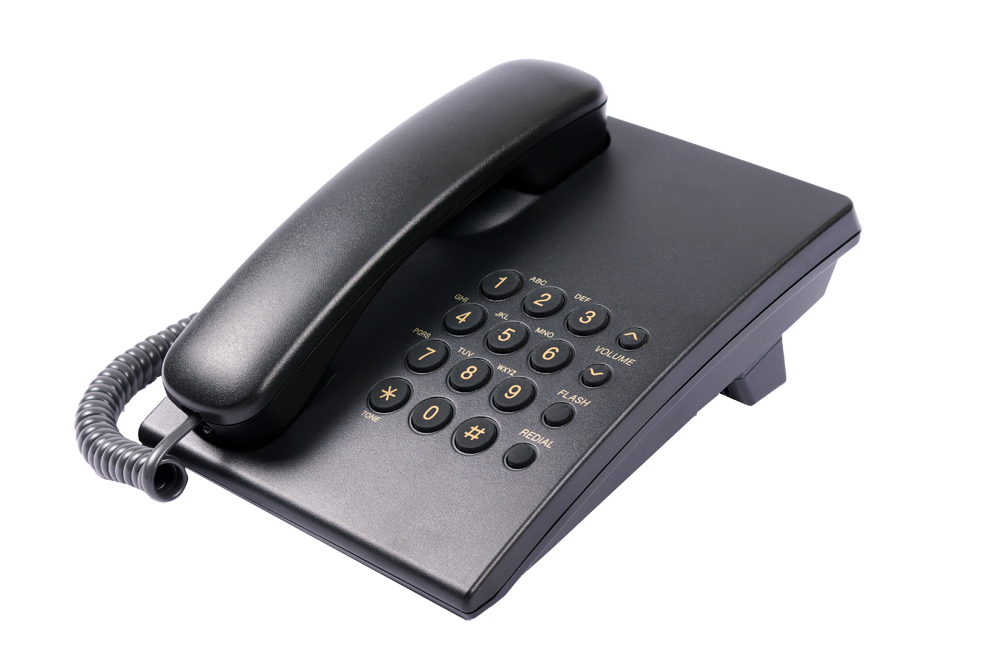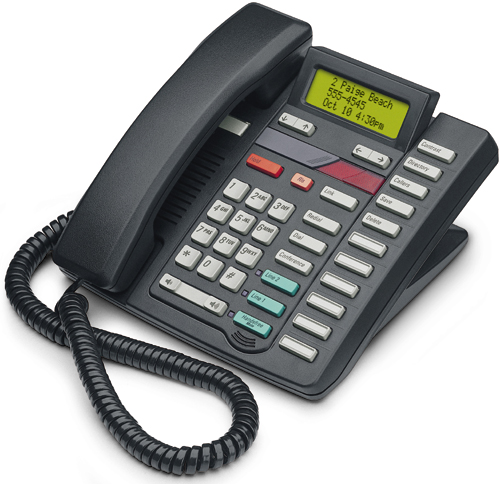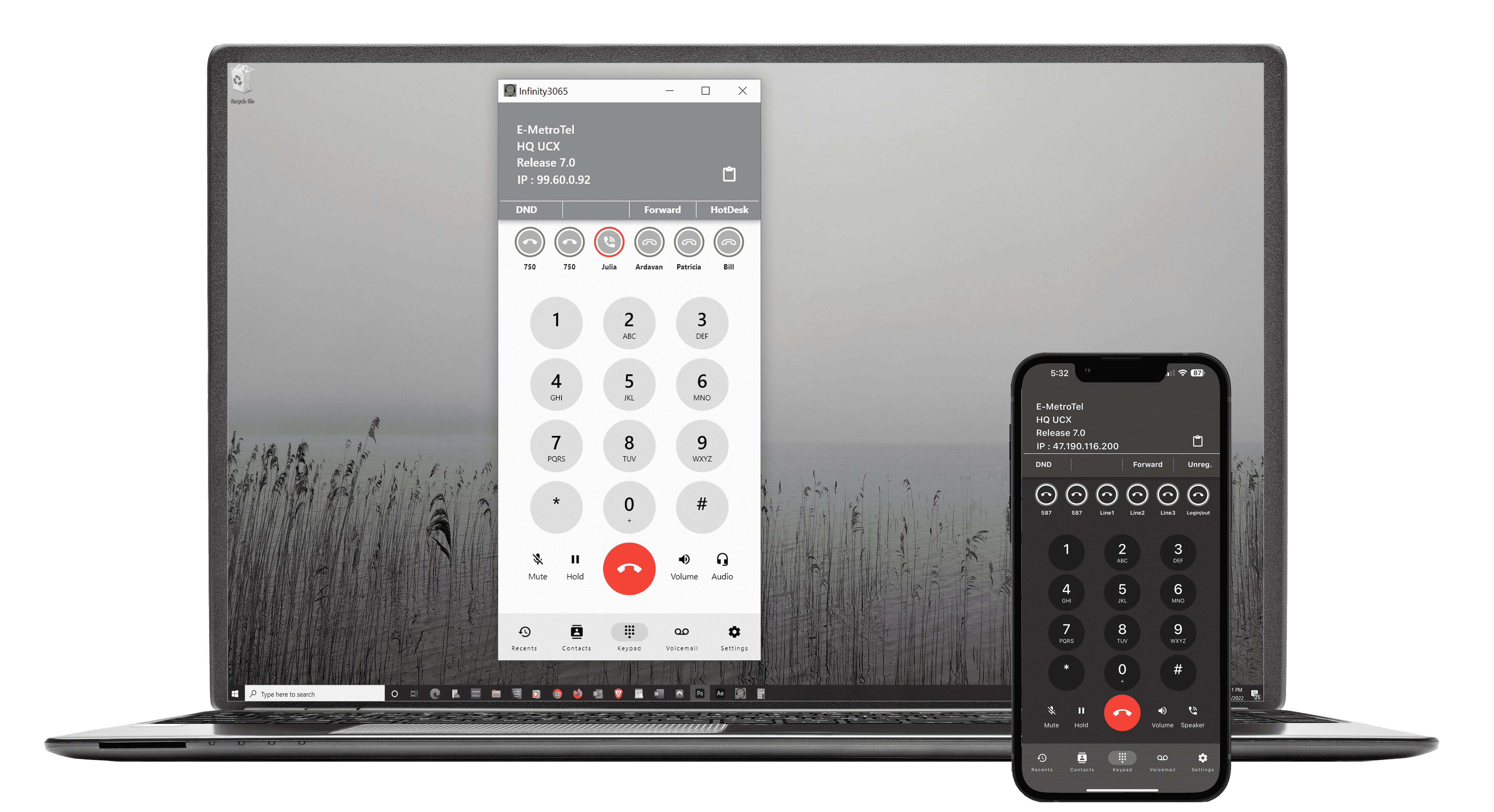Businesses today face many challenges and not the least of which is having a good telephony system. Fast paced advances in technology mean that phone systems have evolved over the years starting from analog phones and lines, moving on to digital, and now we have Voice over IP (VOIP). A telephony system is a big investment for any business and you want that investment to last for many years. Prior to making any large technology investments, business owners and decision makers are well served by becoming educated on the different technologies that can be acquired to solve the business needs. This is especially true in the case of telephony and its impacts for their businesses. In this three-part blog series, we will provide a tutorial of the three main telephony technologies:
- Analog Telephony
- Digital Telephony
- IP Telephony
As with all technology discussions, there are lots of jargon and terminology…we will attempt to define the most common terms and jargon of the industry as we go. In the end the reader should be able to assess the “fit” of a technology for their business. To do so, we develop “common sense” criteria for assessing each technology as described below.
The Primary Yardsticks for Measuring Telephony
The basic function of telephones is a two way voice conversation. The average user does not care how it happens, they just want the conversation to be transmitted clearly. Therefore, for most businesses the most important measure for telephony is voice quality.
For many businesses (e.g. Hospitality) the telephone represents their first interaction with their prospective customer…in effect the telephone is their “front door”. You only get one chance for a “first impression”. Communication via telephones for other businesses is so vital (e.g. hospitals or emergency response teams) that even a small amount of downtime is unacceptable. For these reasons another key measure is reliability.
The suite of features or functionality that you get with your phone system can vary greatly based on the underlying technology. With advanced systems, phones can replace a receptionist with an IVR (Interactive Voice Response), make automatic scheduled calls or announcements, provide dictation services etc. Sometimes a feature can be critical to your business and is therefore a “must have”.
The final measurement is cost …. always an important factor to consider. Cost is not just monetary, it can include other things like productivity, convenience, security etc. All these add up to be either a financial strain or benefit to the business.
Let’s begin with Part 1 of our series: Analog Telephony.
Part 1: Analog Telephony
First there is a difference between telephone lines and telephone sets. While this can be confusing, the easiest way to keep this distinction clear is refer to the physical instrument as the “telephone set” and the service that it uses to communicate over to another device as the “line”. Line and sets come in two basic “flavors”: analog and digital. A telephony system to be meaningful will incorporate lines and sets, a system might be all analog or all digital or a blend of both. For example there are analog lines that can be used on a digital telephone system, and vice versa, there are digital lines that can be accessed on analog telephones.
Analog Lines
Analog lines, commonly referred to as CO (Central Office) lines or POTS (Plain Old Telephone Service), are the oldest form of voice communication on the telephone network. To keep it simple, analog lines use a pair of copper wire that transmit voice from point A to point B. It is simple, reliable and easy to install even for a non-qualified telephone technician.
Analog lines reached their peak in the early 1990s when most telecom providers sold what is referred to as a Key Telephone System (KTS). The system allows a smaller number of CO lines to be shared with a larger number of telephones connected to the system. Everyone from Nortel to Toshiba to Iwatsu to ROLM sold a type of key system during this time period.
Interesting fact: Did you know you can differentiate an analog line from a digital or pure VOIP line by listening to the sound of an analog line caller hanging up on you? You will hear a distinct popping or clicking noise if they press the hook flash or hear the noise after they hang up the phone. An analog line usually stays active 5-10 seconds after a caller hangs up waiting for other features to take place such as a hook flash to do a three way call.
Analog Telephones
 Analog telephones evolved from the early Western Electric 2500 series desk telephones with rotary dials to touchtone phones in the 1950s. In the 1980s when microprocessors were reduced in size, new added features were mixed into analog features such as speakerphone, programmable autodial buttons and even caller ID displays. Analog sets tended to be of lesser quality than the business grade digital telephones.
Analog telephones evolved from the early Western Electric 2500 series desk telephones with rotary dials to touchtone phones in the 1950s. In the 1980s when microprocessors were reduced in size, new added features were mixed into analog features such as speakerphone, programmable autodial buttons and even caller ID displays. Analog sets tended to be of lesser quality than the business grade digital telephones.
Analog telephones come in all shapes and sizes, some mimic digital and IP telephones such as the Nortel Aastra M9000 series, which use an AC power adapter to give the telephone the functionality and features of a digital or IP telephone.
Is Analog for your business?
 Given the advances in digital phones, why do businesses keep their analog telephones, either alongside their digital/IP phones or as standalone phones? Many hotels choose to use analog telephones in guest rooms as the cabling is more than likely already established, easy to fix and inexpensive. They also keep analog phones as the cost of analog telephones is much less than a digital or IP telephone.
Other businesses may want to keep their analog phones in facilities that are heavily wired with legacy analog cabling and they aren’t ready to update to IP telephony. They may have locations that don’t have a need for a digital multi line phone at that location. Common examples are hallway, cafeteria floor, grocery store checkout, sports arena concession area, dormitory rooms at a university, department store checkouts, hospital entry phones, emergency telephones, hospital patient rooms, and airport courtesy telephones.
Lastly, a home office may be a good candidate for an analog telephone, perhaps a two line phone that allows business type of communication. The processor inside the phone uses a power adapter to give the phone business like features such as call log, programmable buttons, and customizable ring tones.
In summary, analog telephony can be given the following scorecard:
Given the advances in digital phones, why do businesses keep their analog telephones, either alongside their digital/IP phones or as standalone phones? Many hotels choose to use analog telephones in guest rooms as the cabling is more than likely already established, easy to fix and inexpensive. They also keep analog phones as the cost of analog telephones is much less than a digital or IP telephone.
Other businesses may want to keep their analog phones in facilities that are heavily wired with legacy analog cabling and they aren’t ready to update to IP telephony. They may have locations that don’t have a need for a digital multi line phone at that location. Common examples are hallway, cafeteria floor, grocery store checkout, sports arena concession area, dormitory rooms at a university, department store checkouts, hospital entry phones, emergency telephones, hospital patient rooms, and airport courtesy telephones.
Lastly, a home office may be a good candidate for an analog telephone, perhaps a two line phone that allows business type of communication. The processor inside the phone uses a power adapter to give the phone business like features such as call log, programmable buttons, and customizable ring tones.
In summary, analog telephony can be given the following scorecard:
| Voice quality | ♦♦♦ |
| Reliability | ♦♦♦♦♦ |
| Features | ♦ |
| Cost | ♦♦♦♦ |



